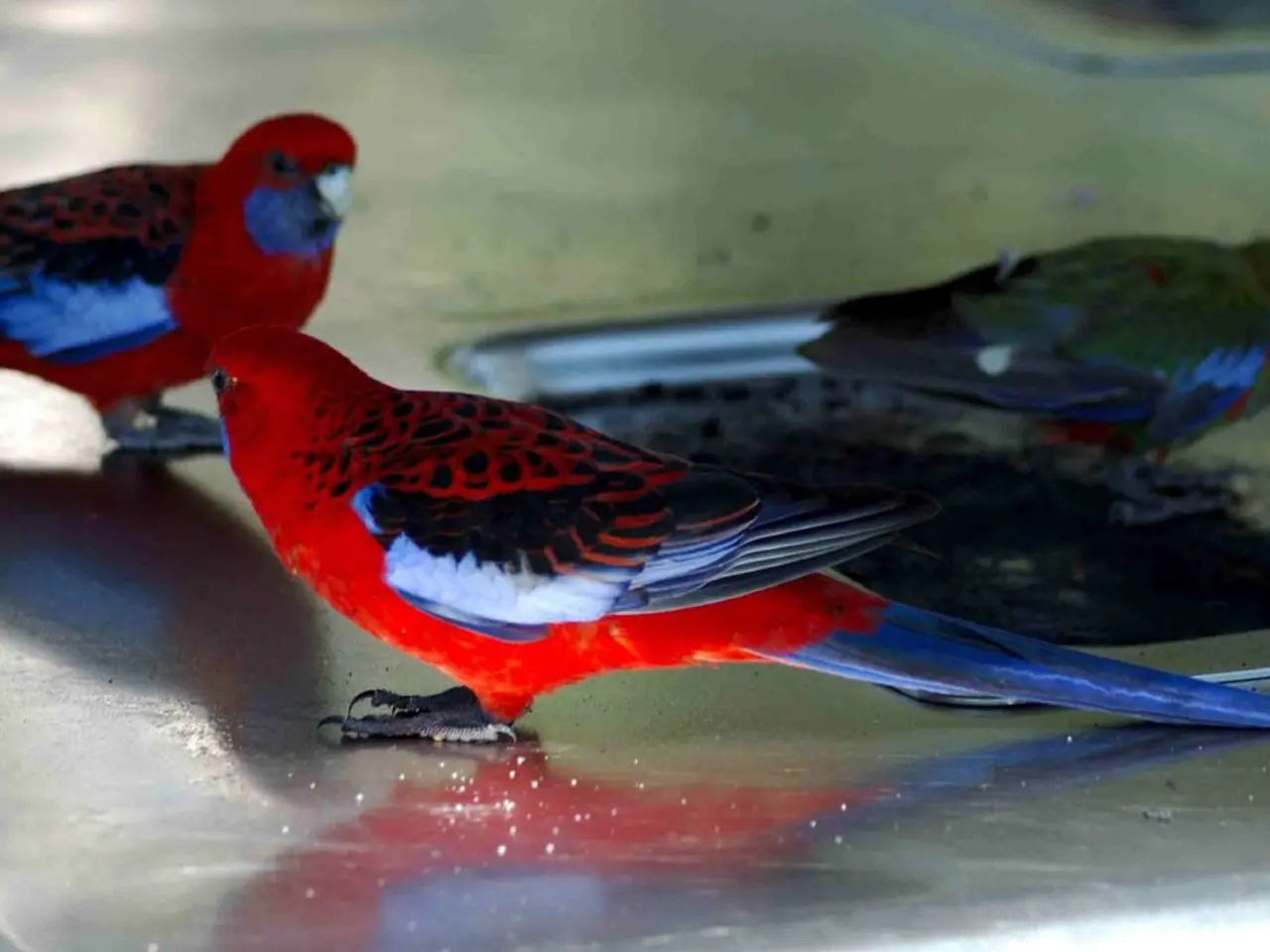Birds and Mammals: Solving the Anatomical Dilemma by Examining Their Blood Structure
Birds and Mammals: Separate Species in the Animal Kingdom
Birds and mammals, despite sharing some superficial similarities, belong to distinct classes within the animal kingdom. Birds belong to the class Aves, while mammals belong to the class Mammalia.
The main differences between these two groups are:
- Feathers vs. Hair/Fur: Birds are easily identified by their feathers, a unique trait not found in mammals, which have hair or fur covering their bodies [1][4].
- Reproduction: Birds lay hard-shelled eggs, whereas most mammals give live birth. Some mammals, like monotremes (e.g., platypus), do lay eggs, but they still differ fundamentally from birds in other traits [1][4].
- Mammary Glands: Mammals possess mammary glands to produce milk to feed their young, a feature absent in birds [1].
- Beaks vs. Teeth: Birds have toothless beaked jaws, while mammals usually have teeth [1][4].
- Respiratory and Circulatory Systems: Birds have a highly efficient respiratory system adapted for flight and a four-chambered heart, which is also present in mammals, but with differences in structure and function linked to their distinct metabolisms [2][4].
- Skeletal Adaptations: Birds have lightweight, strong skeletons with wings derived from forelimbs for flight; mammals do not have wings except bats (which are mammals) and do not have such skeletal adaptations [4].
- Metabolic Rate and Body Temperature: Both birds and mammals are warm-blooded (endothermic), but birds usually maintain a higher and more constant body temperature (homeothermy), supporting the energy demands of flight [1][2].
- Brain and Sensory Development: Both groups have relatively advanced brains and senses, but with differences suited to their behavior and ecology [1][2].
It's important to note that penguins, despite their mammalian-like behaviour and environment, are still birds. They belong to the order Sphenisciformes and are part of the class Aves. Similarly, bats are mammals, belonging to the order Chiroptera, and do not have feathers or lay eggs.
The misconception that birds are mammals arises from convergent evolution, where unrelated organisms develop similar traits due to similar environments. For example, the flightless penguin's waddling gait and the bat's echolocation system may superficially resemble mammalian traits, but they are still distinctly avian and chiropteran, respectively.
One fascinating creature that bridges the gap between birds and reptiles is the Archaeopteryx. This prehistoric creature possessed features of both reptiles and birds, serving as an evolutionary bridge.
In conclusion, birds and mammals, while sharing some characteristics, are separate classes with unique biological and anatomical features. Understanding these differences helps us appreciate the incredible diversity of life on Earth.
[1] Birds and Mammals: Comparative Anatomy and Evolution. (2018). Academic Press. [2] The Evolution of Birds. (2016). Princeton University Press. [3] The Dinosauria. (2007). University of California Press. [4] Birds of the World. (2017). Cornell Lab of Ornithology.
- Hummingbirds, being part of the class Aves, possess unique traits such as feathers, toothless beaked jaws, and the ability to maintain a high body temperature, which differentiate them from mammals in the class Mammalia.
- In the realm of science, medical-conditions research often differentiates between birds like hummingbirds and mammals, recognizing the distinct physiological features that set them apart, such as the absence of mammary glands and the contrasting reproductive systems.
- The study of space-and-astronomy or technology may not immediately involve the comparison of birds (like hummingbirds) with mammals, but understanding the unique biological structures of these species, such as their skeletal adaptations and respiratory systems, can provide valuable insights for designing better technology or predicting the survival of life forms in various extraterrestrial environments.








